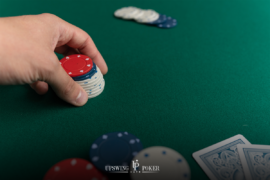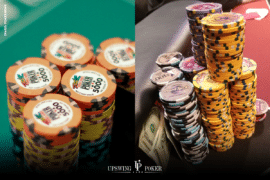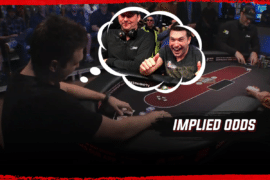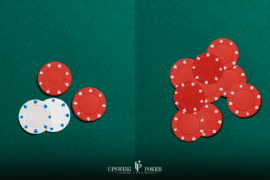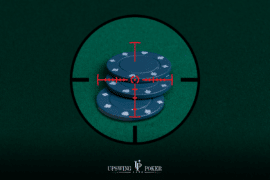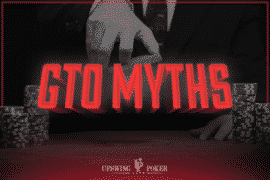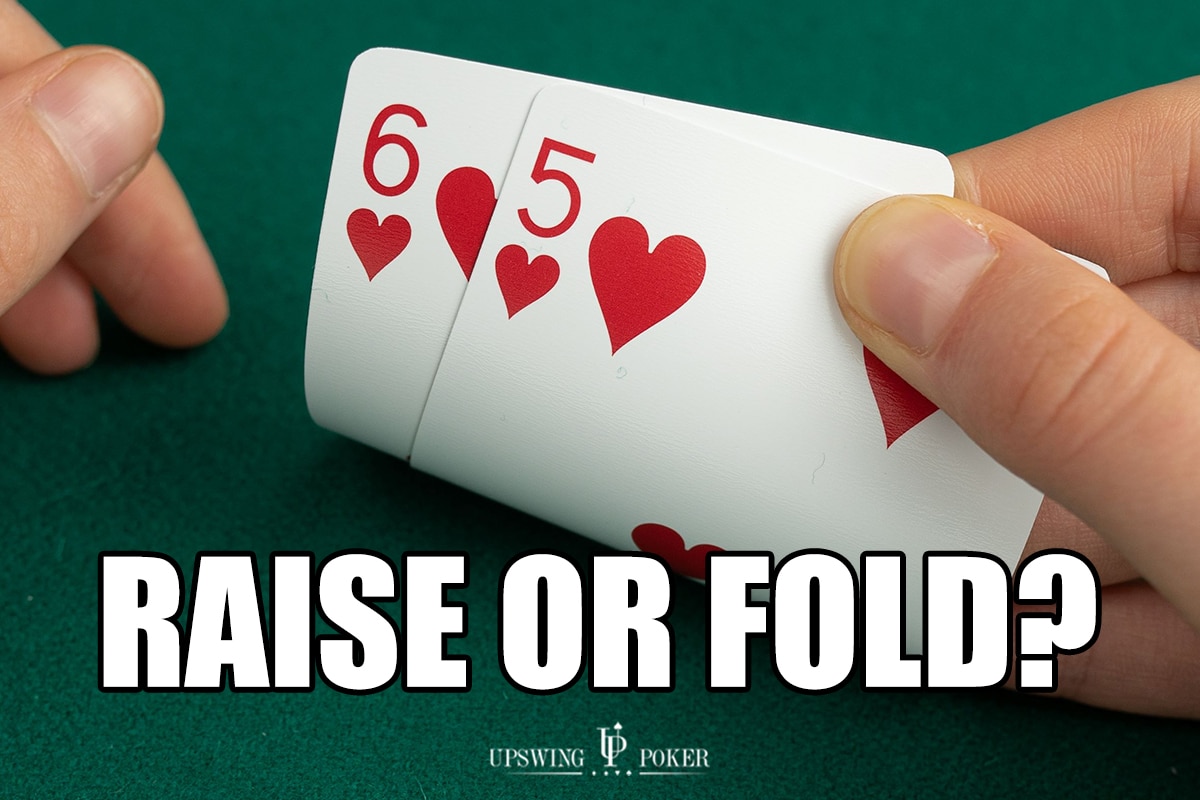
Should You Play Like a Nit Preflop?
A player recently asked:
“If only a minority of preflop hands make the majority of the money, why should I play the rest of them?”
It’s a great question, and in this article, I’m going to break it all down for you, with some input from Uri Peleg as well.
Let’s dive in!
Why You Should Trust the Advice in this Article

Uri Peleg is the world’s best poker coach.
Think that’s hyperbole? The facts don’t lie:
- Uri’s top students (like Barak Wisbrod and Owen Messere) have won millions of dollars in high-stakes cash games
- Through his Guerrilla Poker stable, he’s helped turn many breakeven low-stakes players into winning medium and high-stakes players
- He doesn’t just teach — he’s won millions on the felt himself too
This entire article is based on an unreleased video from Uri Peleg. That video (and many more) will be released in the Upswing Lab this summer.
You’re in good hands.
So, Should You Play Like a Nit Preflop?
The short answer? No. That’s it. End of article.
I’m joking, of course. But seriously, if most of the hands in preflop charts only generate a tiny bit of profit, why shouldn’t you just play like a nit?
To explore that, let’s look at the estimated expected value (EV) of each hand when open-raising to 2.5bb from the Cutoff (assuming 500NL rake):
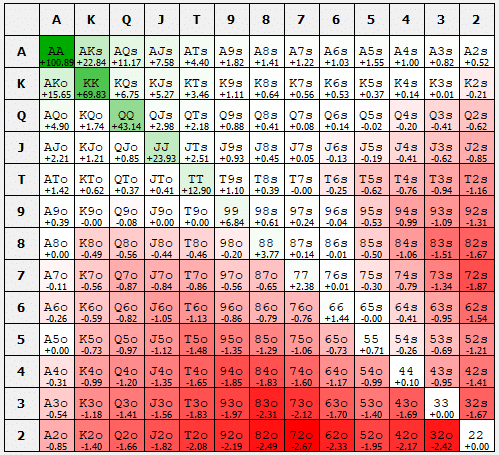
The greener the box, the more the hand wins. The deeper the red, the more the hand loses by open-raising. White means the hand is barely profitable.
What we see here is striking: open-raising only hands like 88+, suited Broadways, and the top offsuit Broadways account for over 99% of the total EV from the entire opening range. And more than 80% of that comes from just JJ+ and AK.
To put it in perspective, the top 11.6% of preflop hands generate 99% of the EV from this open-raising range, and the top 3% alone account for more than 80%.
So why the hell does the solver bother open-raising 29.3% of starting hands here?
Reason #1: They All Make Money
The solver doesn’t care if it’s only a cent every 1000 hands, it will open it because it’s a savage.
That said, you don’t have to open-raise all of these hands in practice. Uri gives a perfect example:
“Let’s say you’re at a live game and really need to go to the bathroom, but you’re dealt 6h 5h in the Cutoff. The action’s on you. In that case, it might be best to just muck it and head to the bathroom.”
The juice simply isn’t worth the squeeze. If you check the chart above, you’ll see that 6h 5h has an equilibrium EV of exactly $0. That means it’s going to hover around break-even in practice too.
But if your mind is preoccupied, your chance of misplaying the hand increases dramatically—and suddenly, that marginal spot turns into a losing one.
Reason #2: If You Only Play the Best Hands, People Will Notice
While many strategic nuances are tough to notice for most players, spotting a nit isn’t one of them.
That’s because it’s a high-frequency pattern. Even in live games, people quickly develop an intuitive sense that “this guy hasn’t played many hands.” And it only gets worse if you’re playing against the same opponents regularly—they’ll stop paying you off eventually, which lowers the expected value of your strongest hands.
Does that mean you’ll start losing? Definitely not. You’re still only making profitable investments, but the return on those investments will shrink to some degree.
And if you’re playing online, the effect is even more pronounced. Players pick up on your tendencies much faster, simply because the game moves so much quicker—think 25 hands per hour in live poker versus 80–90 hands per hour online.
Reason #3: It’s More Fun
At Upswing, we strive to give you top-notch technical knowledge to help you play better and make more money, but let’s not forget that poker should still be fun. Odds are, that’s why you started playing in the first place. That part shouldn’t change.
Here’s how Uri frames it:
“While the focus during play is not necessarily on having fun, winning money is fun, and since these hands make some money, that’s another good reason to play them.”
Parting Thoughts
These marginal hands don’t have to be played one way or the other. The decision should be based on logical factors tied to performance. Ask yourself: Am I able to play my A-game right now? If the answer is yes, go ahead and play them. If not, there’s no harm in folding.
One last piece of advice from Uri on this topic:
“If you’ve got the best player in the world sitting to your left, it’s probably a smart idea to let these hands go.”
That’s it for this article! I hope you enjoyed it and now have a clearer sense of how to approach these marginal preflop hands moving forward.
Till next time, good luck, grinders!
If you’d like to learn more about strong preflop play, read: 5 Preflop Tips to Help You Crush on ClubWPT Gold.
